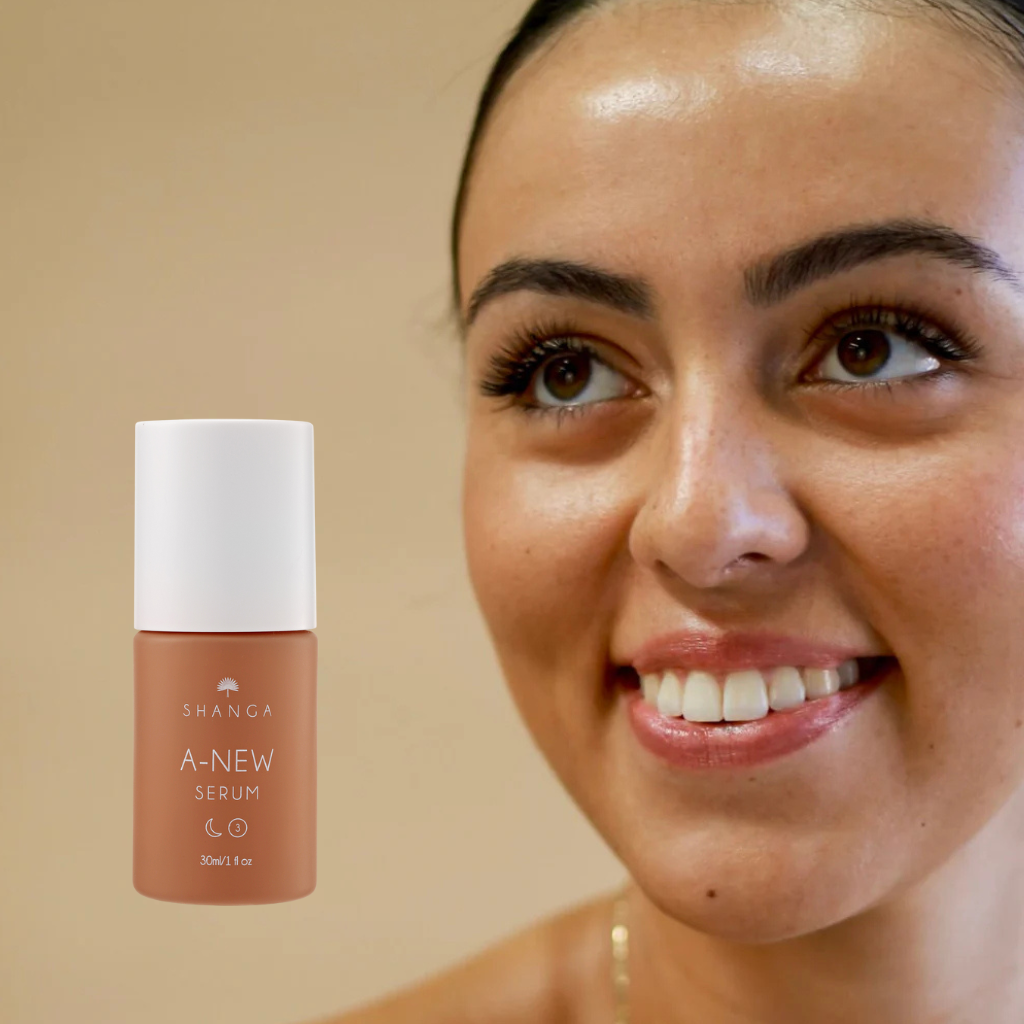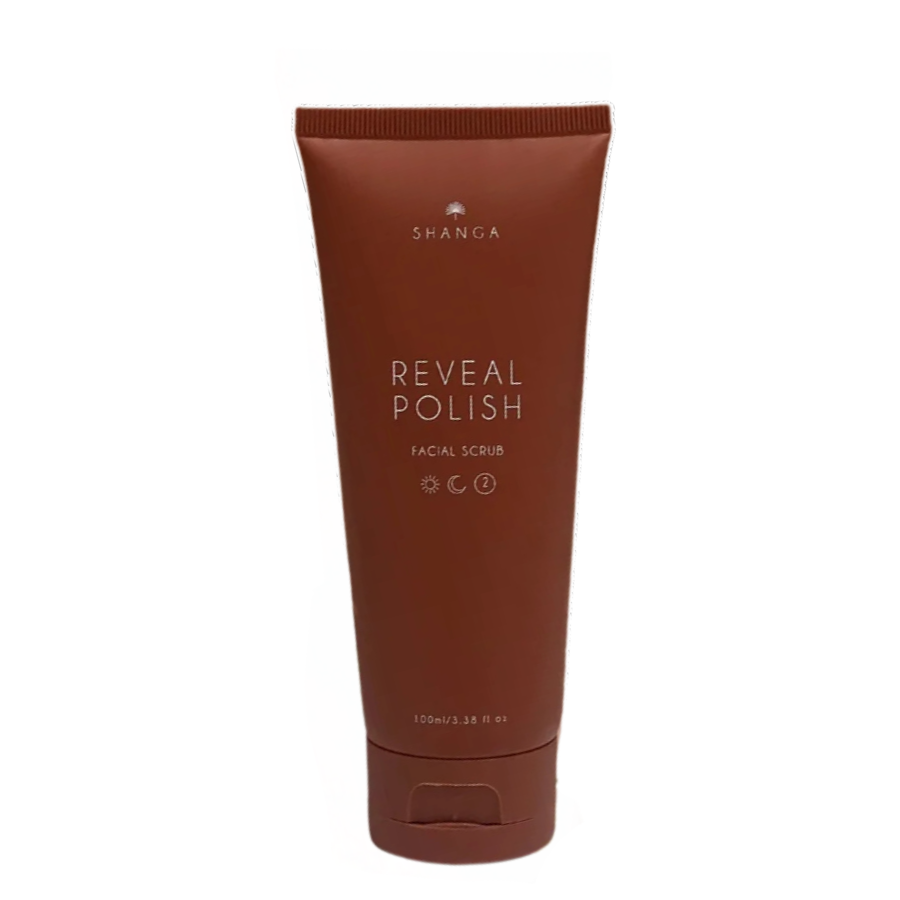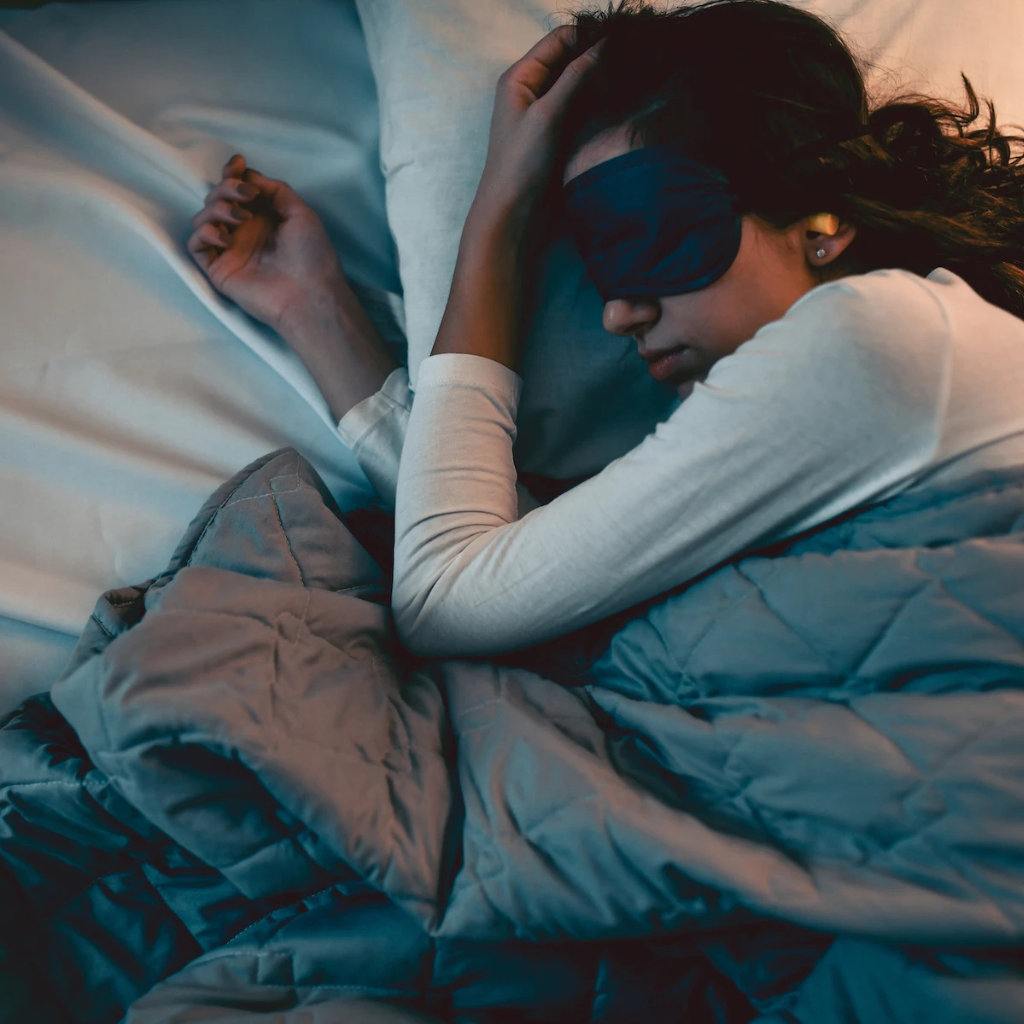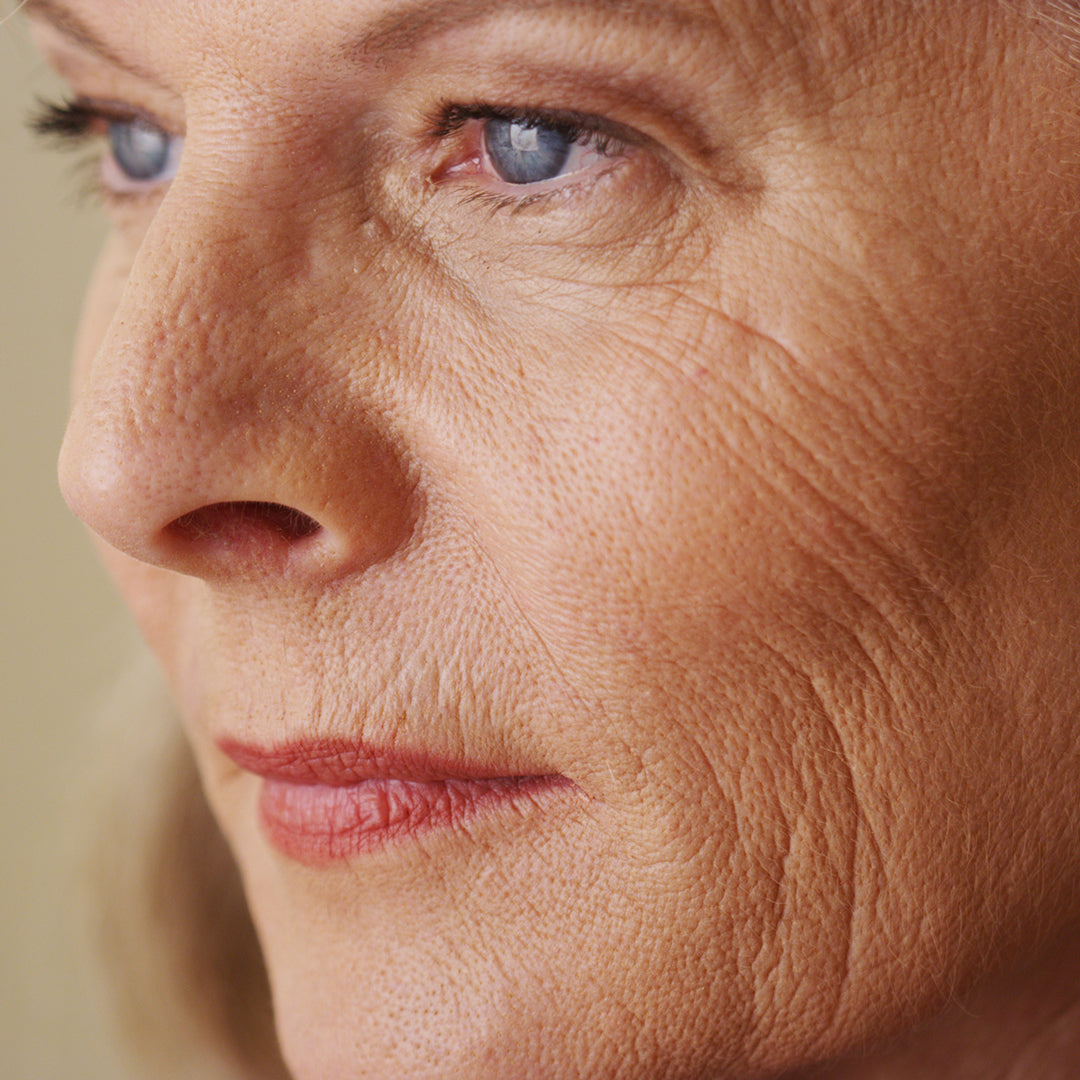Retinoids are derivatives of vitamin A that can improve and even reverse the visible signs of ageing—including lines, wrinkles, post-breakout marks, large pores, and brown spots. It doesn’t matter whether they’re in a prescription form (tretinoin) or a non-prescription form (retinol). With continued use, they can dramatically improve the appearance of the skin, helping it mature in a more desirable way.
However, if you use a retinoid, you must take special care of your skin to manage potential side effects. This is especially true if you’re using a prescription formula, though dryness and irritation can appear with any retinoid product. If misused, the effects are often intolerable. Luckily, the side effects are completely manageable, and sometimes, even avoidable! You just need to know what to do. Keep reading to learn how to safely and properly incorporate retinoids into your skincare routine.
The Different Types of Retinoids
There are many different types of retinoids—retinol is just one of them. Each one is of different strength and comes with its own set of pros and cons. What they all have in common is that they’re derived from vitamin A and they convert to retinoic acid in the skin. From there, they increase cell thickness, affect gene expression, encourage skin resurfacing, and increase collagen production.

When to Start Using Retinoids
I generally recommend starting to use retinol between the ages of 25 and 30 for preventive skin ageing. The exact age will depend on your specific skin type, although I don’t suggest starting it before 25. There are two reasons for this. The first is that many people who are younger than 25 are still dealing with breakouts. Despite what you may have heard, retinoids do NOT help cystic or pustular acne. However, prescription retinoids CAN be effective for managing closed comedones (more on that in a minute).
The second reason is that vitamin A speeds up the skin’s metabolism, which slows with age. When you’re younger, your skin is already metabolically active. Using retinoids too early could backfire and stir up breakouts, rashes, and more.
What to Know Before Using Retinoids
1. Retinoids Aren’t Recommended for Use During Pregnancy
Of course, it’s always best to consult your doctor. In my experience, though, most advise against using vitamin A ingredients until after giving birth, due to potential risks. I have not personally come across any reported evidence of retinoids causing harm, but doctors are extra cautious with expecting mothers, and understandably so.
2. Proper Sun Protection Is Critical
You can use retinoids in the summer. However, since they make your skin more sensitive to the sun and more vulnerable to damage, proper sun protection is of the utmost importance.
If you know you’re going to be spending a lot of time in the sun (like if you’re planning a beach day for instance), I suggest discontinuing your retinoid seven days before the intense sun exposure. Start it back up again a week after you’ve been in the sun—assuming you don’t have a sunburn, of course. While this will slow down results, it’s super important to prevent skin inflammation and irritation.
3. Retinoids Work Slowly and Steadily
I always say that using retinoids is a marathon, not a sprint. They won’t deliver immediate results. In fact, they work incredibly slowly. Stick with it, though, and eventually, you’ll see results. Trust me on this, it’s sooo worth it to be patient!
4. Prescription Retinoids Travel Underneath the Skin
Some people apply prescription retinoids strategically in an effort to target a specific area. For example, someone might apply it only around their eye area. They think this will address eye wrinkles while sparing the rest of their face from dryness. In reality, prescription retinoids travel underneath the skin. Even if you apply it strategically, it will affect your entire face, which means you can experience dryness anywhere on your face.
Retinoids and Acne
It’s true that prescription retinoids were originally developed in the ’70s for treating acne. It wasn’t until later that dermatologists discovered it could also help with ageing. That explains why, for a long time, retinoids had the reputation of being a go-to for all kinds of breakouts. However, that’s not totally accurate.
The Types of Breakouts Retinoids Can Improve
The type of acne prescription retinoids work best for is comedonal acne. This is the type that appears as whiteheads, blackheads, closed comedones, and non-inflamed bumps. Since they reorganise skin cells through cellular turnover, they can prevent cells from becoming trapped in the pores and forming blemishes.
I’ve found that retinoids do not work for sore, inflamed pustular acne or cysts. In fact, when someone has infected pustular and cystic acne, retinoids may actually make them worse by causing irritation.
What to Do If Breakouts Are Your Main Concern
If red, inflamed breakouts are your main concern, I usually advise clearing these before starting retinol. Once your skin is clear, you can incorporate a retinoid product to prevent visible signs of ageing.
With that said, if bumpy skin caused by clogged pores is your main concern (not inflamed breakouts) there’s now a 1% Differin gel available without a prescription. It’s worth adding to your routine to see if it helps.
One more note on retinoids and breakouts—I suggest using an exfoliating acid tonic that contains salicylic acid on nights you’re not using the retinoid. This will increase the retinoid’s efficacy. I recommend the Shanga Clarifying Tonic to all of my clients, as well as the Keep Clear Serum for making all kinds of blemishes disappear quickly.
How to Introduce Retinol Into Your Routine

As I said before, if you’re new to retinoids, start with a non-prescription version, such as retinol. To reiterate, the reason is that most people who start with a prescription (without proper usage instruction) eventually give up because their skin becomes too dry and irritated.
If you have a prescription and haven’t been able to use it successfully, consider putting that on hold for now. Start with non-prescription retinol, like the A-New Serum. This is the retinol product that I personally use. It’s also the one I recommend to my clients. It combines stable retinol with hydrating ingredients.
Start by Using Retinol 2 Nights On and 1 Night Off
Repeat this throughout the week. For best results, you must use retinol consistently (and often!).
Your skin has other needs, though, so you don’t want to use it every single night. Plus, using it too often could prove too much for your skin, since it’s such a biologically active ingredient.
Following the two nights on, one night off rule will result in four nights a week. If you are over 40 with a history of sun damage and your skin isn’t overly sensitive, you can use it four to five nights a week. However, no one should use it for more than five nights a week. This can eventually result in increased sensitivity and a waxy and unnatural appearance.
On the other hand, if you’re under 40 and your skin is fairly sensitive, you might start by using it only twice a week. Then after two months, you can work up to using it three nights a week. Eventually, try to work up to four nights a week.
When in doubt, start slow and increase as you go along. If you’re experiencing dryness or irritation, you’re either using too much or using it too often. This is a sure sign that you should cut back.
Don’t Apply Moisturiser Right After Retinol
This may slightly dilute the retinol. It’s best to let it absorb for 20 minutes. Or, you can use a retinol serum that has a lotion-like texture. This can offer hydrating and protective benefits, thus skipping the need for moisturiser altogether.
Use an Exfoliating Acid Serum or Tonic on Opposite Nights
This is really important. Retinol encourages dull, sun-damaged skin cells to rise to the surface for easy removal. Using a gentle exfoliating acid serum once or twice a week will accelerate removal. The retinol can then absorb more easily. Using both will result in a smoother, more even-toned texture.
Use a Hydrating Serum Once a Week
The skin requires a variety of ingredients. Therefore, you don’t want to constantly stay in exfoliation and cell turnover mode by using only retinol and exfoliating acids. Treat it to a hydrating serum that contains antioxidants, peptides, or epidermal growth factors once a week. The Shanga B-Strong Serum is the one I suggest to my clients.
Think of it just as you would your exercise routine. When working out, it’s best to alternate between various types of exercise, so you get a little bit of everything. Your skin appreciates the same variety.
Get a Professional Chemical Peel to Boost Results
Once you’ve been on your new retinol routine for two months, it’s time to kick it up a notch. Introduce your skin to a chemical peel—whether a professional peel or a Dual Action peel at home. It will intensify your skin’s collagen-boosting activity to encourage faster results. Synergistically, both retinol and chemical peels support one another to achieve smoother, more even-toned skin.
There are many types of peels, so you’ll want to consult a trusted skincare professional to find out which type and what frequency is best for your skin. I generally recommend light to medium chemical peels six to eight times a year. You can get lighter peels every other month.
Note: If You Want to Use a Prescription Retinoid, Introduce It After 6 Months. Of course, you’ll have to consult a doctor about this. Your doctor can tell you what’s best for you and your specific skin goals. Generally speaking, you should start with the lowest strength.
The Bottom Line
Retinoids can be intimidating to introduce into your skincare routine, especially when you consider the potential dry, flaky side effects. However, if you give your skin some TLC, you can successfully incorporate them.
I’ll leave you with one last thought. As I mentioned previously, using a retinoid is a marathon, not a sprint. It can take a while to see results, and you won’t get immediate gratification. To reap its benefits, without incurring dryness or irritation, you must deliver a slow drip to the skin. I recommend using it regularly for the rest of your life…or until a better anti-ageing product takes its place! And if that’s the case, I’ll be sure to let you know.




